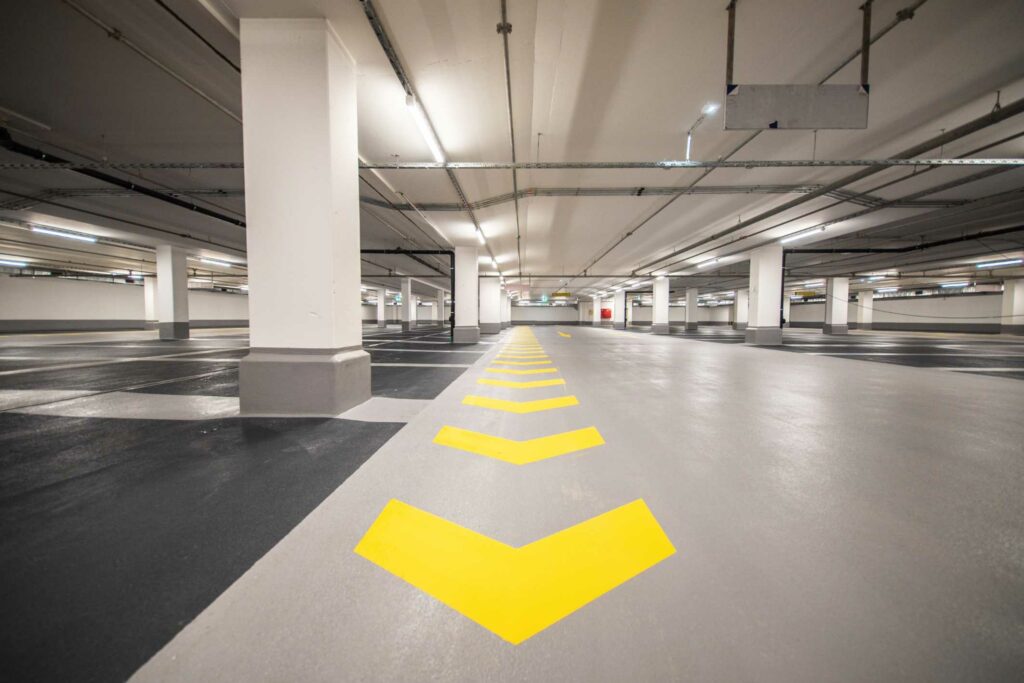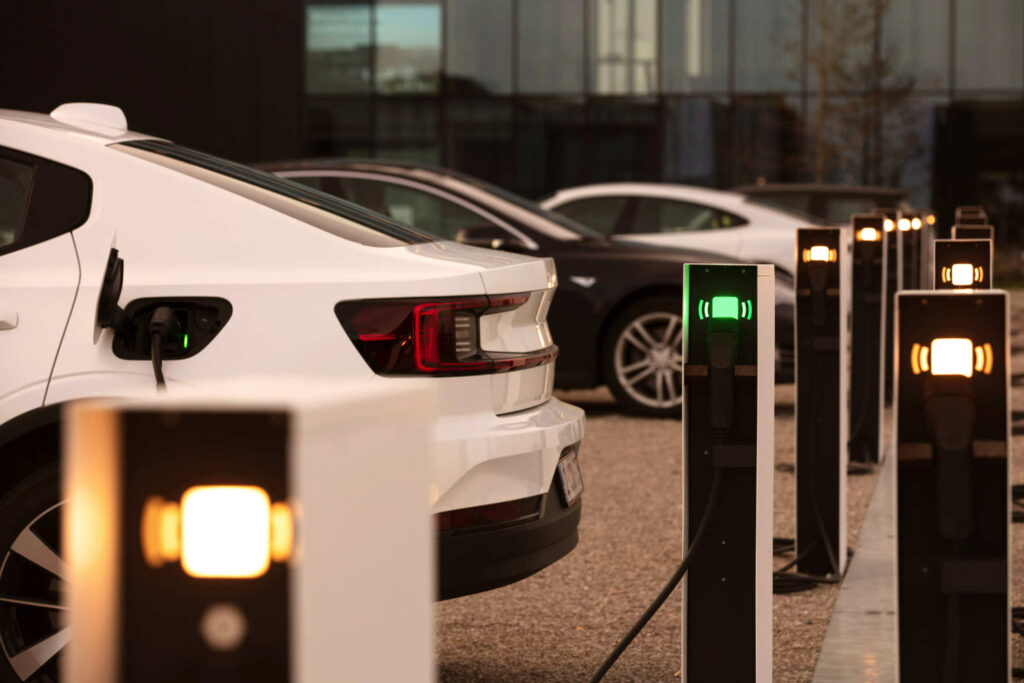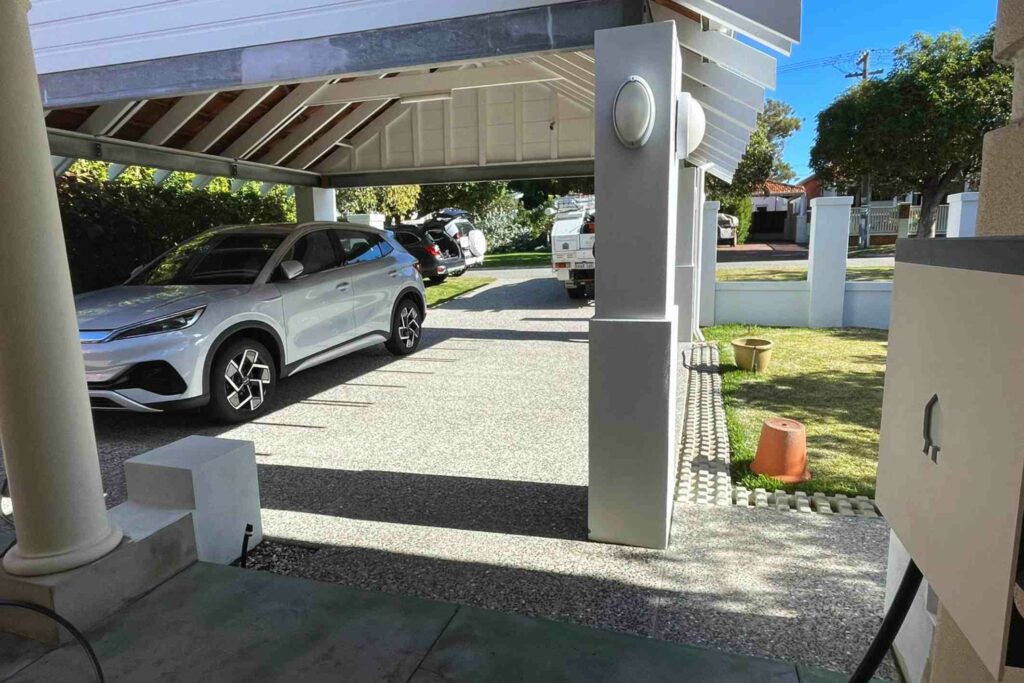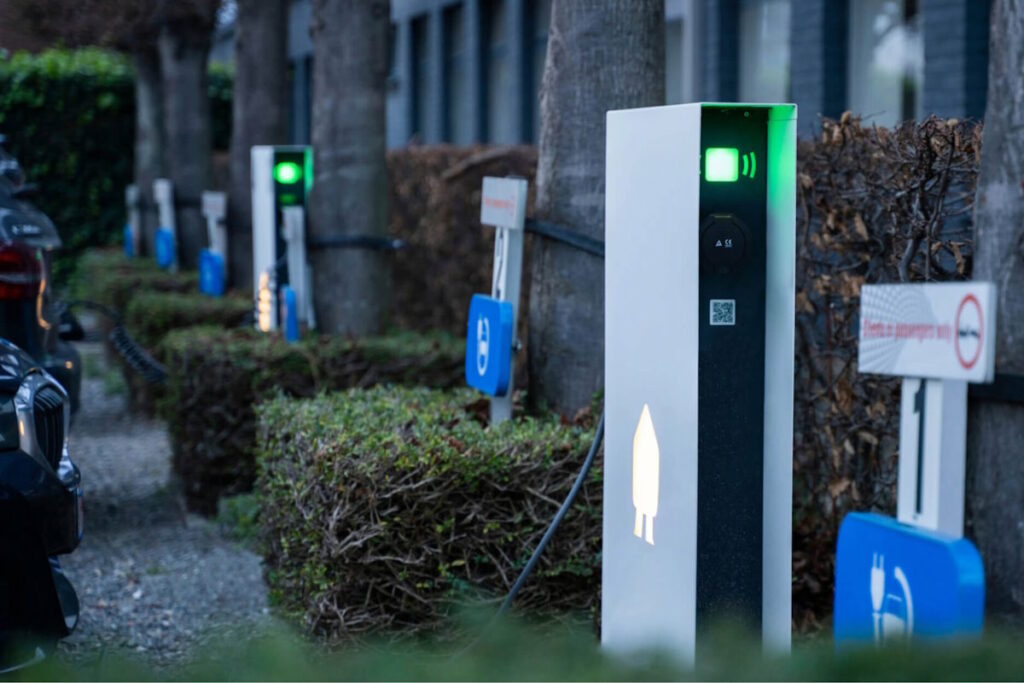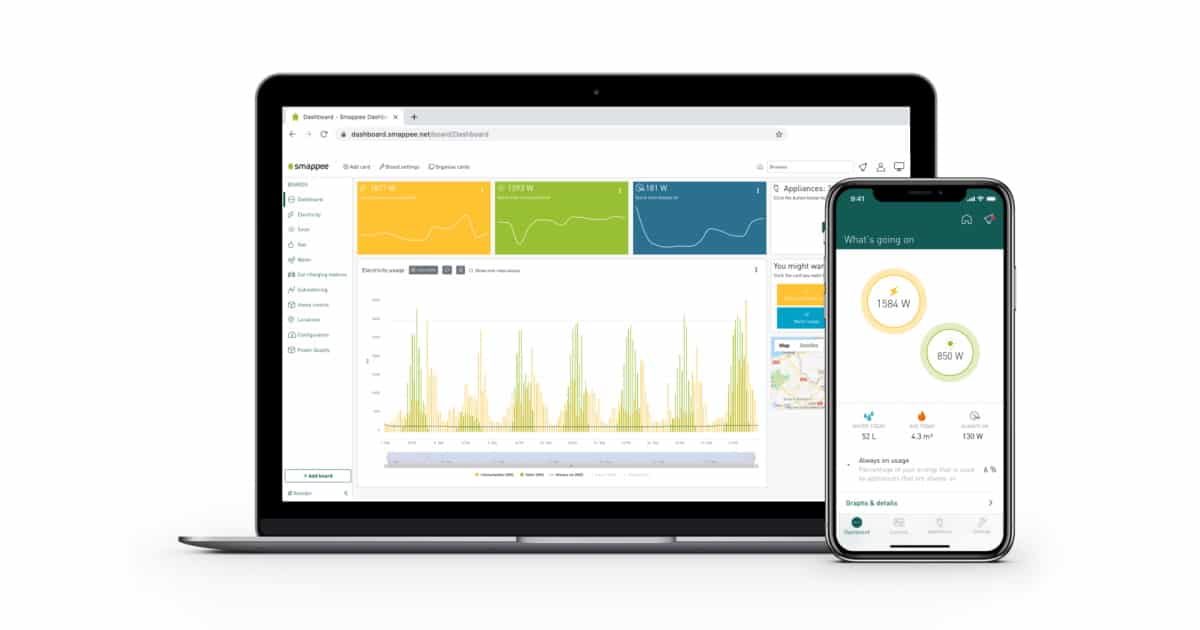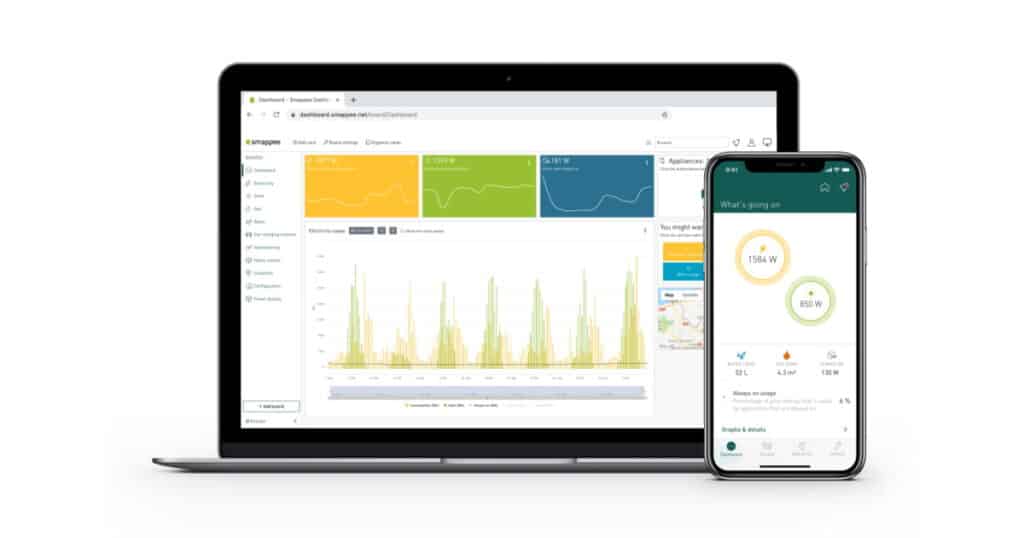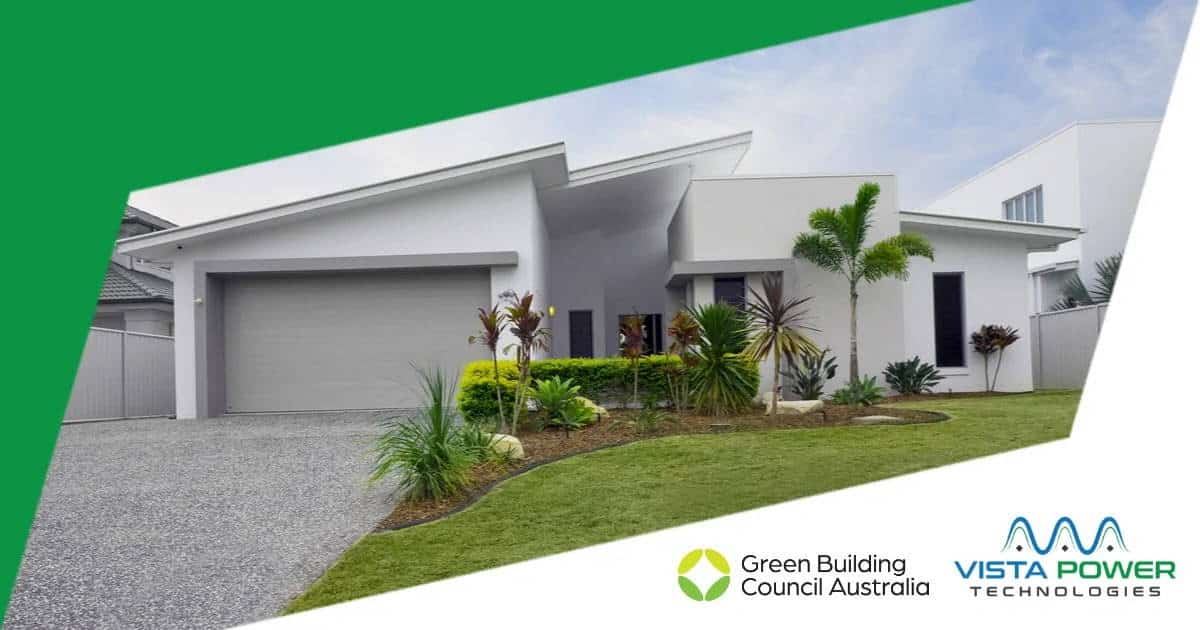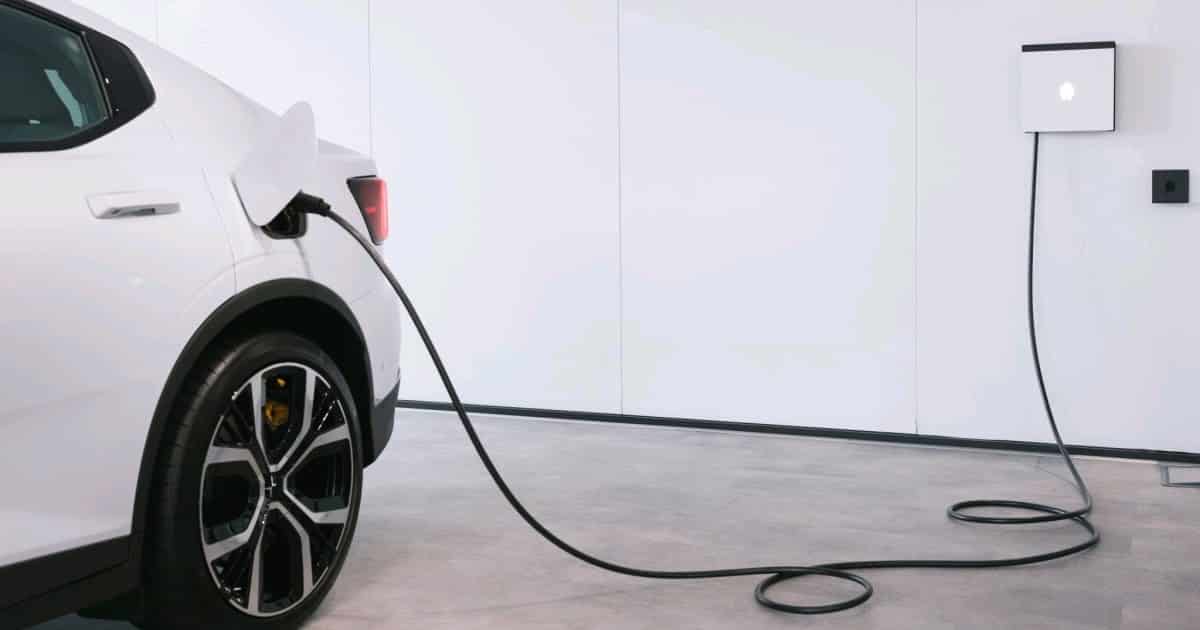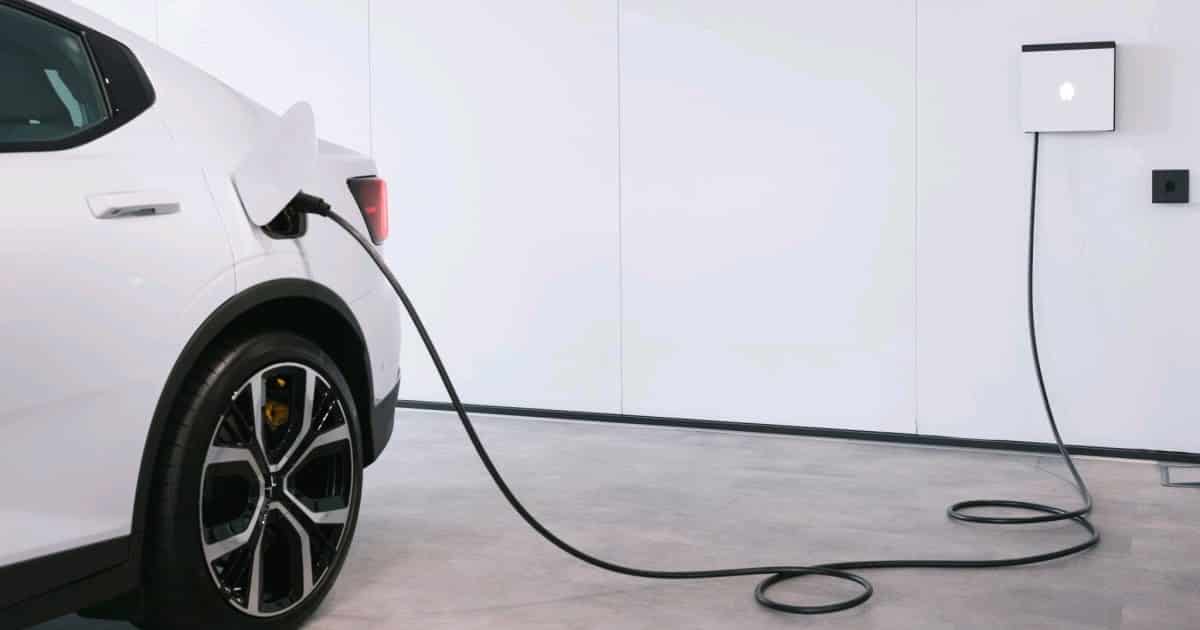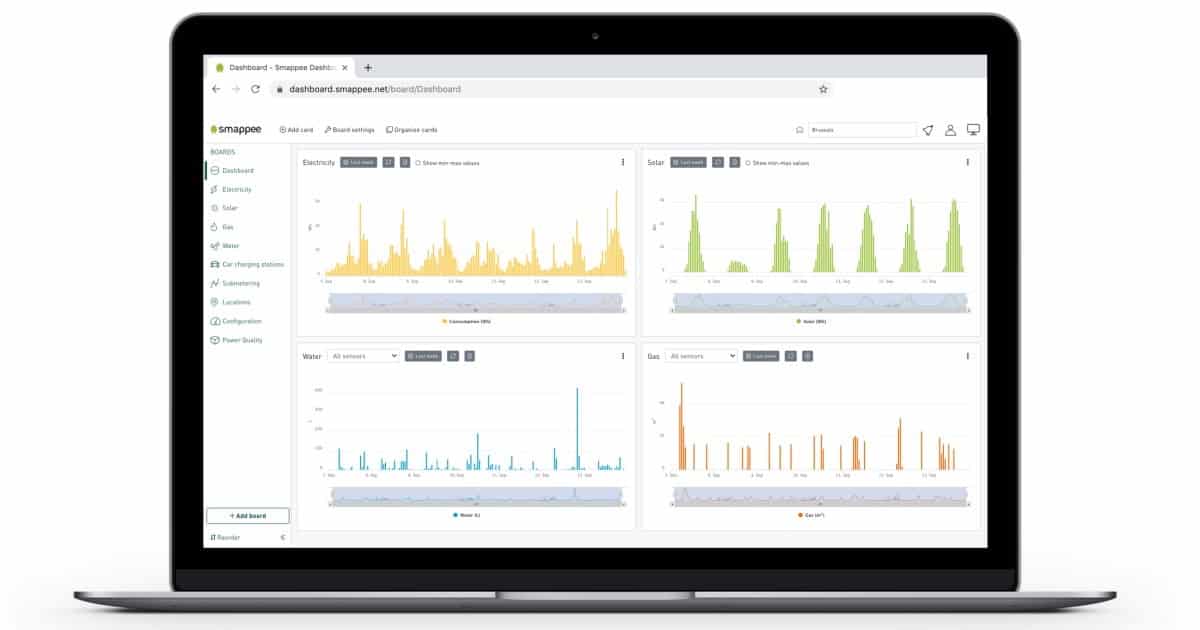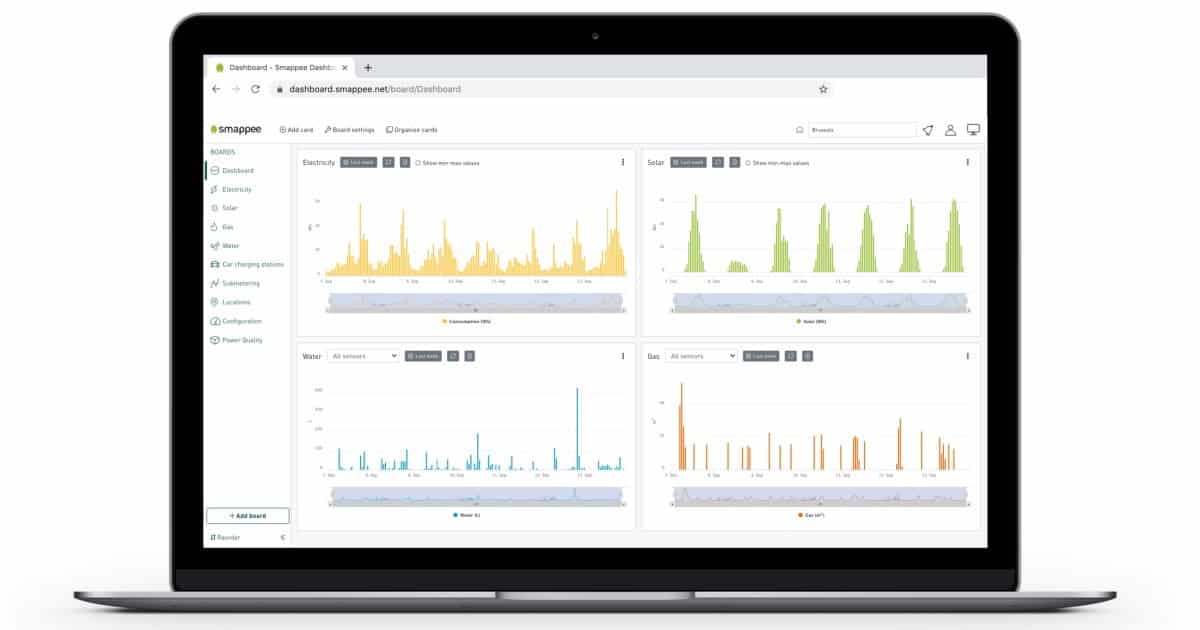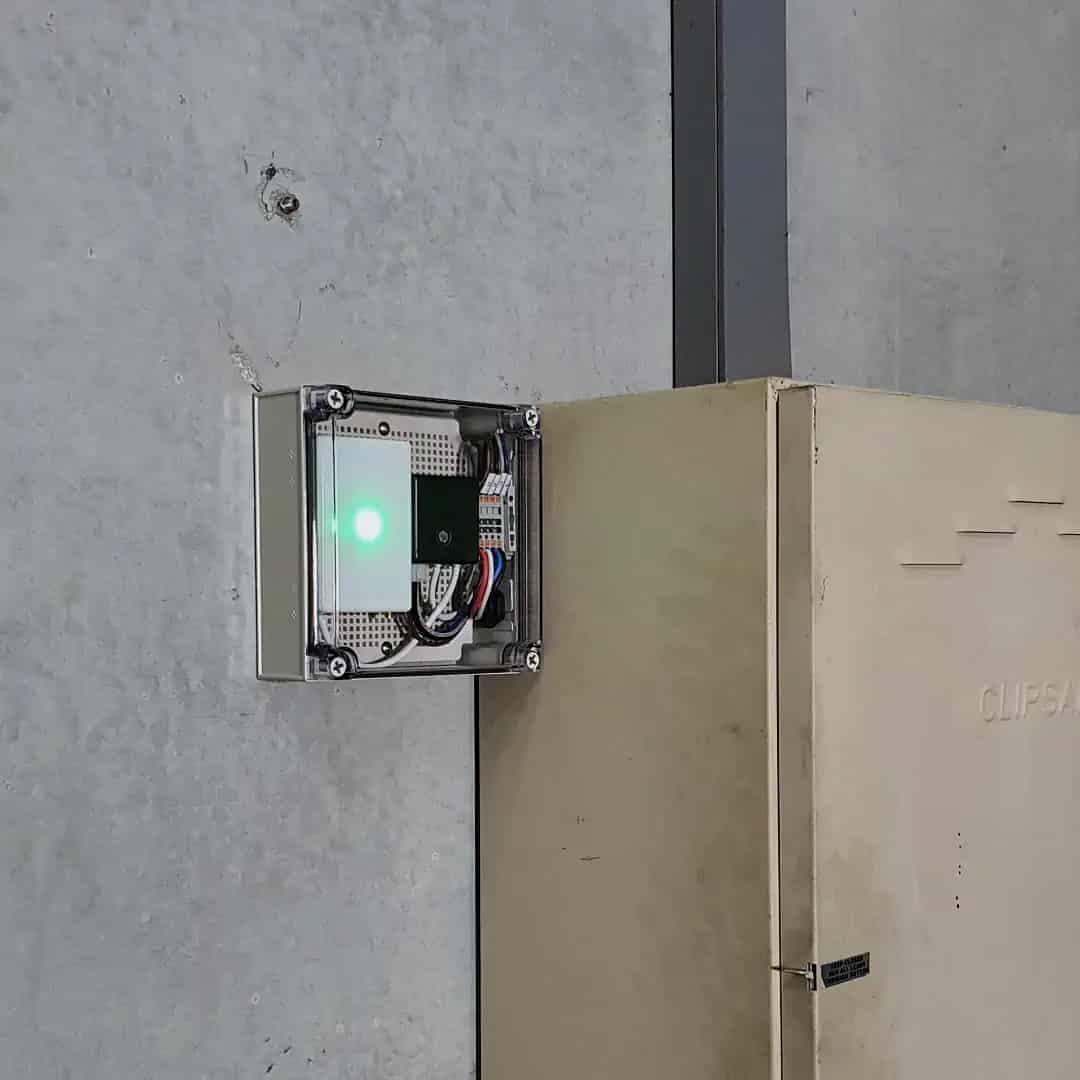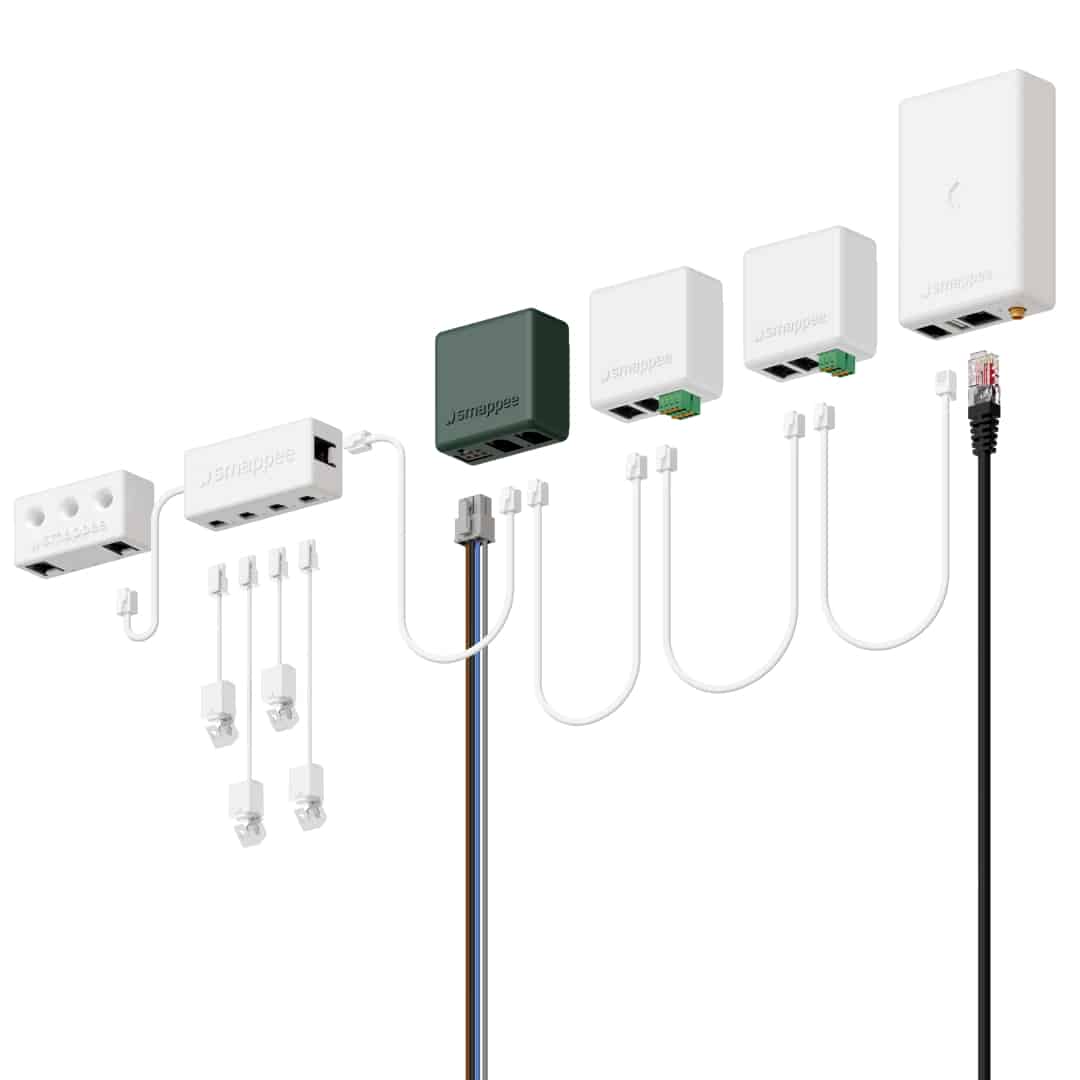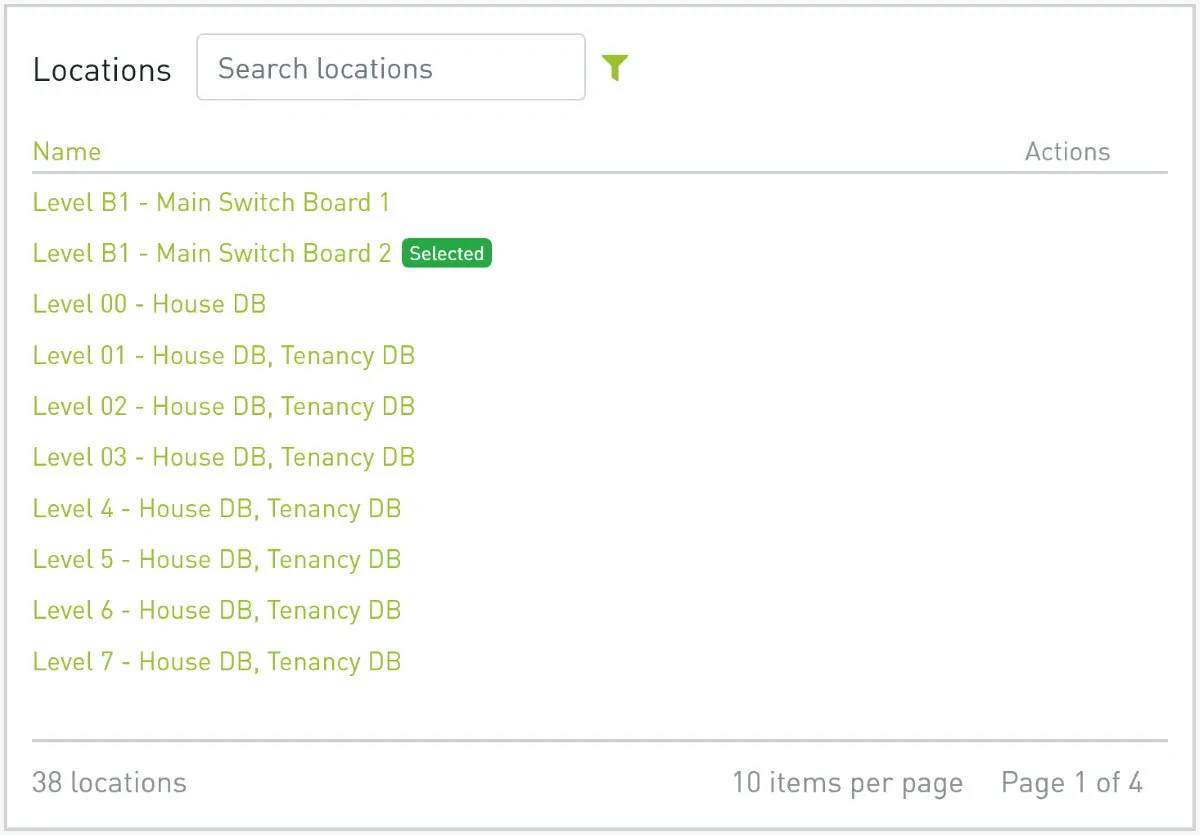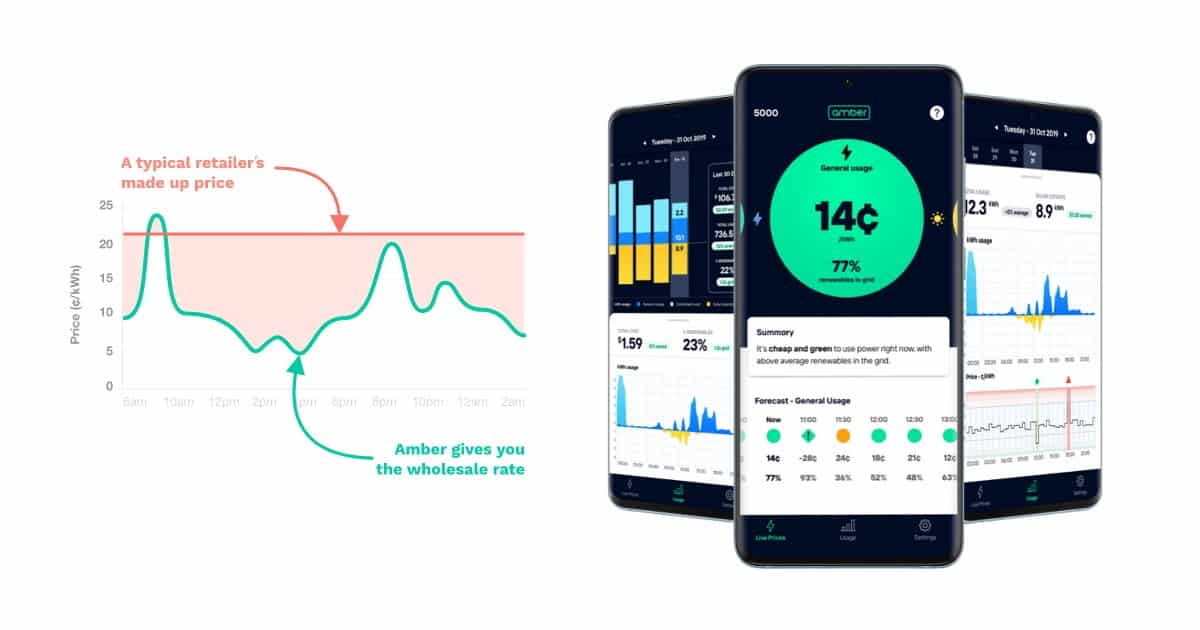

We love this great Savings Hack using Wholesale Electricity Retailers!
If you’re anything like the team here at Vista Power Technologies, then you love a good cost savings hack.
This one utilising wholesale electricity retailers is great as it can massively reduce your power bills. It also promotes the use of renewable energy, incentivising power use when there’s more renewables available on the grid.
All this and you don’t even need solar panels installed to benefit.
A Lot Has Changed Since the Day of Analogue Power Meters & Traditional Electricity Retailers
The old spinning disc meters make time of use metering impossible as they need to be physically checked by the retailer. Only showing usage between these checks.
Smart meters now make it possible for retailers to identify exactly when you’re using or producing electricity.
This allows for homes and businesses to switch to time of use tariffs. Offering lower network charges overnight and on weekends. When there is less load on the grid. Also known as off-peak tariffs.
Off-peak power is perfect for running your pool pump, charging your electric vehicle, heating water, etc. When coupled with wholesale electricity rates there are some great opportunities for savings
Network Tariffs & the Electricity Price… There’s a Difference
Just to clarify network tariffs are what the network operator charges for the use of the electricity network. This is separate to the actual market price of electricity but is still typically charged on a per kWh basis.
If you’re paying a total of 20 cents per kWh on your current plan, it’s likely made up of roughly 12 cents for network tariffs and about 8 cents for electricity (as an example).
The Price for Electricity Changes Constantly
What has not changed and what you may not be aware of, is that the market price of electricity constantly changes throughout the day.
It all depends on how it is being produced and how much demand there is on the grid for electricity. You can easily follow the national energy market (NEM) price for electricity on the NEM dashboard found on the Australian Energy Market Operator (AEMO) website.
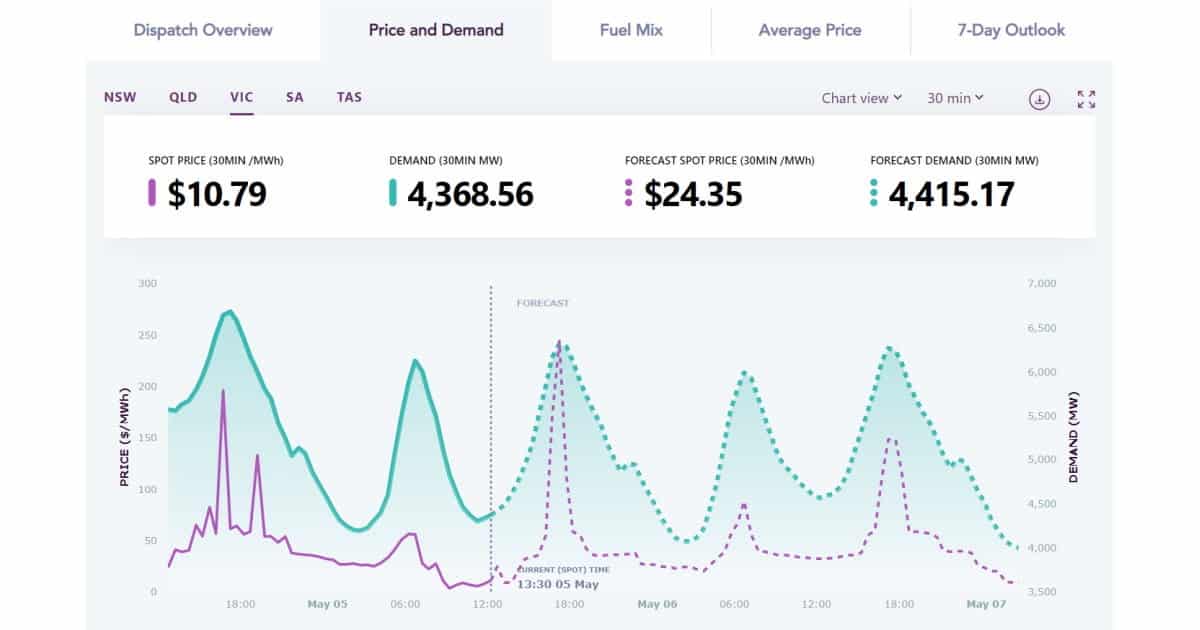
For example, on a hot cloudy day with low winds the price can go high because homes and businesses are typically running air conditioning and refrigeration. These loads consume a lot of energy but there is not a lot of renewables available on the grid to support this.
On the flip side, when we have a sunny and windy day that is not too hot, the price can go super low. Sometimes it even goes negative, because there is so much cheap electricity available and not enough load on the grid to use it.
That’s right, at times like this, you can actually get paid to use electricity.
How to Hack your Power Bills with Wholesale Electricity Retailers
So, here is the hack we were talking about earlier. There are now electricity retailers offering the market spot price directly to their customers and instead of charging a mark-up on the power you use they instead charge a small fixed monthly fee.
If you’re lucky enough to be living in South Australia, Victoria, New South Wales or South East Queensland, then you can take advantage of this great type of retail offer currently available from two retailers including Amber Electric and Power Club.
We’ve Tried It, and We Love It!
We’ve personally tried Amber Electric out at home here in Melbourne’s East and have consistently seen very low prices through summer. Usually sitting around 14 cents per kilowatt hour. The price can sometimes spike higher in the evening when solar production drops off and prices around 50 cents can be seen for a couple of hours whilst people are cooling their home after work or cooking with the electric oven. This can make having a solar battery very beneficial, as you can use your stored power while the price is at its highest in the evening.
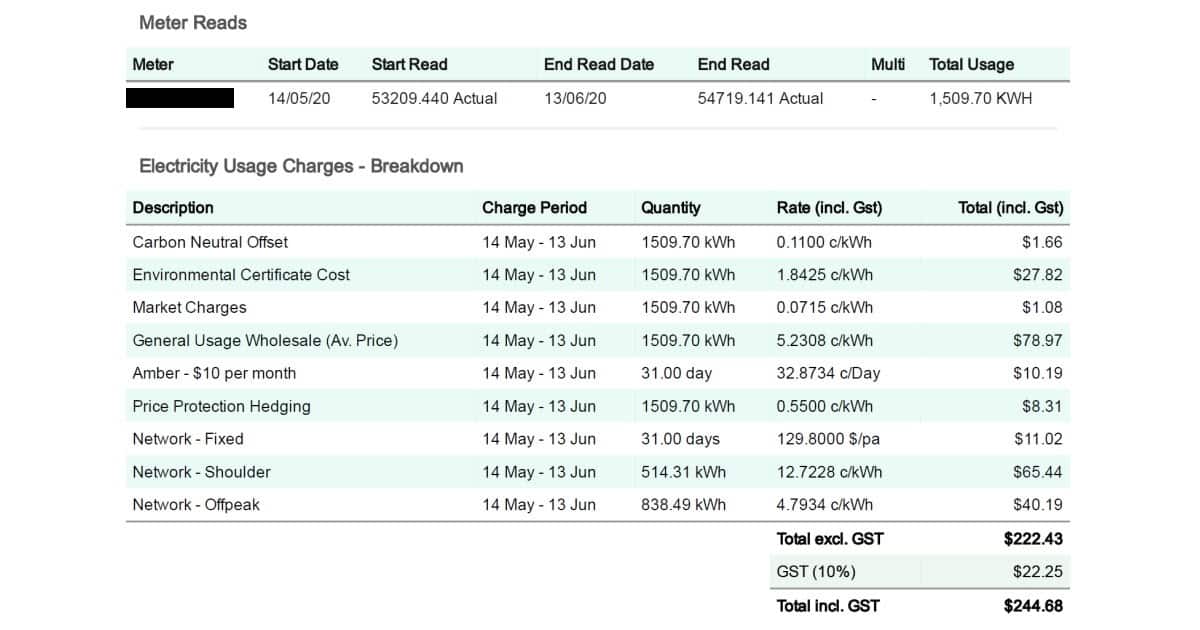
One Risk to Keep in Mind
Whilst the rates are usually super low for the majority of the time. There is one risk associated with this type of plan. Every now and then there can be what is called a demand event. This happens when demand exceeds the capacity of the grid and expensive emergency measures have to be applied. When this happens the price can go super high, as in $15 per kWh high.
These events usually only happen a couple of times a year and typically only for an hour or less at a time.
What we like about the Amber Electric plan is that they send you an alert if this is going to occur. So you can choose to turn off any power-hungry appliances until the price returns to normal.
Another thing to consider is that traditional retailers also have to account for this and these spikes are worked into the fixed rates they offer. At least with a wholesale electricity retailer you have the option to not use power at these times.
Lower Solar Feed In Rates
Another thing to keep in mind is that the solar feed in tariff (FiT) is typically lower than the roughly 10 cents you might get from a fixed rate retailer. This is because you get paid exactly what the market rate is at the time you feed in to the grid.
This also means when the market price goes negative it will actually cost you to export to the grid.
So, for those households and businesses that have a large solar panel system on their roof. Exporting loads of power to the grid. This type of plan may not be for you.
Potential Savings of more than 20% Compared to Traditional Retail Agreements
To put it simply, by switching to a spot price retail agreement you can potentially save over 20% off your existing electricity costs. Even more by changing when you operate certain appliances, maximising savings.
Traditional retailers need to estimate an average cost of electricity. Allowing for a buffer. Then putting a mark-up on that. This means consumers are typically charged significantly higher than the market price.
By switching to wholesale rates all of those extra buffers and allowances are wiped off. So by making the switch you can expect some significant overall savings. Even if you don’t make any changes to the way you use electricity.
By adding some smart control or even manually managing certain appliances when the cost is higher you can optimise these savings.
Get a $40 Sign Up Credit and Jump the Waiting List
If you’re interested in trying this great savings hack out for yourself, you can sign up to Amber Electric by using our referral link.
This link will give you a $40 sign up credit and allow you to jump the wait list.
What’s great is there are no lock-in contracts with Amber. If you decide their wholesale rate plan isn’t right for you just switch back to your old retailer.
Conclusion
As mentioned, there are some risks with this type of plan. It’s important to consider whether wholesale electricity retailers are right for your situation. What can be said with certainty, there is an opportunity to create some significant savings under the right circumstances. If you’re looking to lower your electricity costs wholesale electricity retailers are definitely worth a try.


